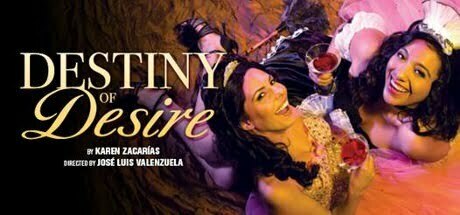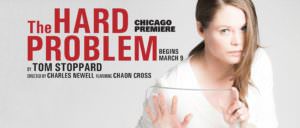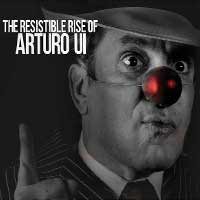Most noticeable of the effects in the production, however, are the red clown noses that adorn every character. These are, at once, richly and effectively symbolic, and symptomatic of the unrelenting comedic style that robs the production of its underlying “horror.” The world to which these red noses introduce us is one in which everyone is, to some conscious degree, implicated in the corruption. When a character dies, his or her red nose is torn from their face and they are (as I interpret it) forced to breathe the noxious, corrupt, “fishy” odor that pervades this world—a reality they had denied; indeed, it may be assumed that it is of this that they finally die. In the production’s most poignant moment, Ui and his henchmen remove their red noses and their caricature-esque gestures fall away to reveal the real, dimensional criminals that they are. This moment has a visceral quality to it, as if one awoke from a circus dream to find it were only a gaudy gild on a harrowing reality.
Read More










